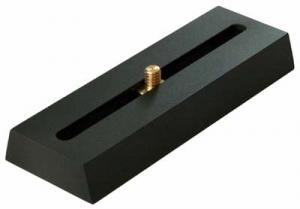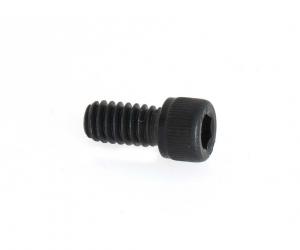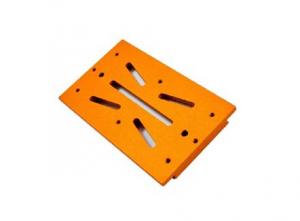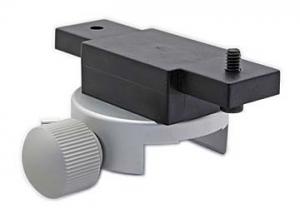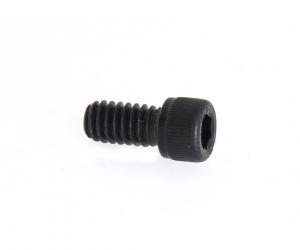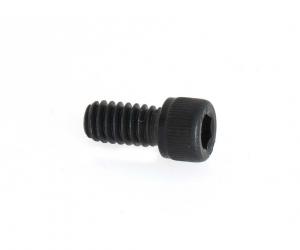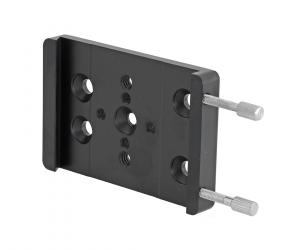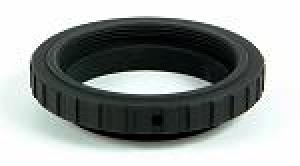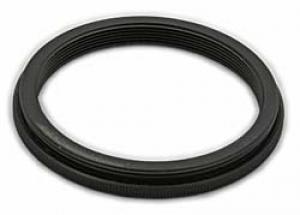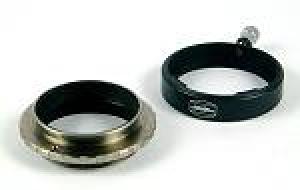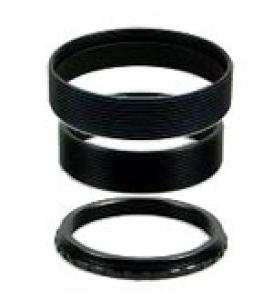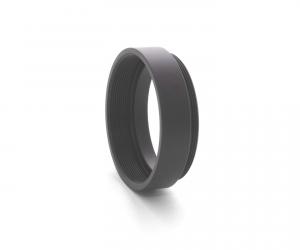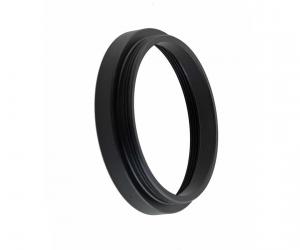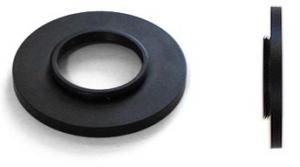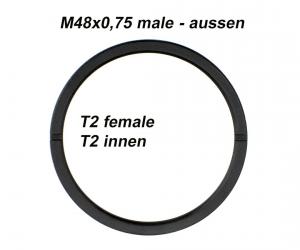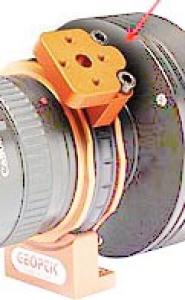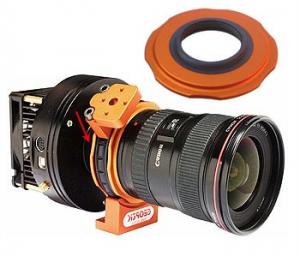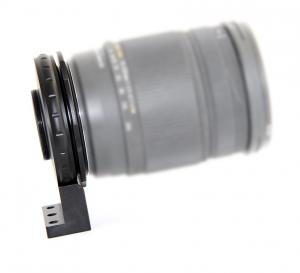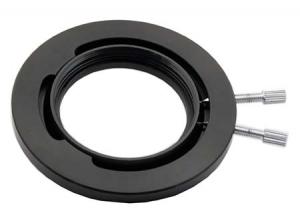- Telescopes
- Overview:
Telescopes - Achromatic Refractor
- Apochromatic Refractor
- Overview:
Apochromatic Refractor - ED Refractor - less color aberration than an achromatic
- SD APO - color free 2-element APO objective
- EDT APO - 3 element ED objective
- High End APO with 3-element APO objective - no color aberation
- Flatfield APO with flat field for Astrophotography
- All Apos and EDs from all manufacturers - large overview
- TS APO and ED from Japan with high quality optics
- Overview:
- Newtonian Telescopes
- Dobsonian Telescopes
- RC Ritchey Chretien Telescopes
- Casssegrain Telescopes
- Reflektor Telescopce with Lens Correcture
- Maksutov Cassegrain Telescopes
- GoTo Telescopes
- Solar Telescopes H-Alpha
- Overview:
- Mounts Tripods Rings Rails Power Supply ...
- Overview:
Mounts Tripods Rings Rails Power Supply ... - Mounts Equatorial with GoTo
- Mounts Equatorial without GoTo
- Mounts Azimutal with GoTo
- Mounts Azimutal without GoTo
- Mounts GoTo - Harmonic Drive
- Travel mounts for astro imaging
- Tripods Piers Polar Wedges
- Mount Control & Electronics
- Dovetail Clamps, Plates and Mount Adapters
- Tube Rings
- Power Supply
- Counterweights Balance Weights
- Mount Accessories - Other
- Overview:
- Telescope Accessories
- Overview:
Telescope Accessories - Eyepieces
- Barlows & Reducer Lenses
- Diagonal Mirrors and Prisms
- Binocular Viewers
- Finder Scopes
- Telescope Collimation and Test
- Cleaning Tools
- Transport and Storage
- Dust protection for Telescopes & Accessories
- Stray Light Protection
- Dewcaps and Heater
- Focusers, Adapters, Motorfocus
- Telescope DIY & Improvement
- Other telescope accessories
- Replacement Parts
- Overview:
- Filters
- Overview:
Filters - Color Filters and Color Filtersets
- Nebular Filters for Visual Observing
- Neutral-Density and Polfilter
- Photo Narrowband Nebular Filters
- Photo Broadband Filters
- Photo Planetary Filters
- Photo R-G-B and IR Cut Filters
- Photo - Filtersets
- Photometric Filters
- Clip Filter for DSLR Cameras
- Filter Wheels and Filterslider
- Solar Filters for white light
- Solarfilter for H-Alpha and Calcium
- Overview:
- Adaptors
- Overview:
Adaptors - Adapter 1,25" and 24,5mm
- Adapter 2"
- Adapter T2 - M42x0.75
- Adapter M48x0,75
- Adapter M54
- Adapter SC
- Adapter M63
- Adapter M68
- Adapter to other Threads
- Adapter Extensions
- Adapter camera bayonet
- Adapter Objective Filterthread
- Adapter Quick Changing , Rotation
- Adapter Eyepiece Projection
- Adapters Tilting
- Overview:
- Astrophotography and Photography
- Overview:
Astrophotography and Photography - Cooled Cameras
- Cameras without Cooling
- Deep-Sky Cameras uncooled
- Set-Offers Camera, Filter, Wheels
- Acessories for Cameras
- Travel mounts for astro imaging
- Imaging Correctors for Telescopes
- Autoguiding Cameras & Sets
- Everything for Guiding
- Focusing aids - Bahtinov mascs
- Flat Field foils and boxes
- Lenses for Cameras
- Piggyback Camera Holder
- Camera Bags, Photocases & more
- Digital Camera and Smartphone Adapter
- Other photo accessories
- Overview:
- Binoculars, Spotting Scopes, Microscopes, Range Finders
- Overview:
Binoculars, Spotting Scopes, Microscopes, Range Finders - Spotting Scopes and Acessories
- Roof Prism Binoculars
- Binoculars with Porro prisms
- Binoculars from 100mm Aperture
- Binoculars with 1,25 inch eyepieces
- TSMX APO Binoculars
- Binoculars for Astronomy
- Binoculars Hiking Bird watching
- Monoculars - Opera Binoculars
- Accessories for Binoculars
- Range Finders
- Microscopy
- Bags for Phototripods & Binoculars
- Overview:
- Phototripods and Binomounts
- Books, Software
- Overview:
Books, Software - Books for Astronomy Beginners
- Star Charts and Planispheres
- Books about our Solar System
- Observing Tips for Amateurs
- Popular Astronomy Literature
- Teaching material
- Astrophotography books
- Telescopes, Observatories, Construction
- Calendars Yearbooks
- Software, Star Charts
- Books for Microscopers
- Books Nature and Animals
- Nature Photography TimeLapse
- Overview:
- Night Vision, Magnifiers, Weather, Domes & more
- Beginner Astronomy and Gift Ideas
- Second Hand & Special Offers
- New products
Manufacturer: Geoptik
Product number: 30A189
EUR139.00new
EUR 139,00
incl. 19 % VAT (DE)
The VAT indicated refers to that applicable in Germany. After logging in, the VAT amount is adjusted to the applicable VAT of the stored delivery country. Therefore, the final price may vary accordingly.
excl. 6.95 € shipping costs (DE)
more details to the shipping costs ...Please log in to calculate shipping costs to your country.
rating: 5.0 of 5Geoptik Adaptor for Canon EOS Lenses to T2 for CCD cameras - with 1/4" Phototripod2
- Details..
- Technical data..
- In the box..
- Reviews..
- Manufacturer infos..
- Safety informations..
Use your high-quality Canon EOS lens for ultimative wide-fieled images of he starry sky with your CCD camera
For the popular Canon EOS cameras, there is a wide range of very good lenses available. What is more obvious than using these lenses also for astrophotography with high resolution CCD cameras. This adapter establishes the connection from your CCD camera to the lens and also connects to a photo tripod or accessory clamp. The capabilities and advantages of the combination of EOS lens and CCD camera
The capabilities and advantages of the combination of EOS lens and CCD cameraThe Geoptik Canon EOS Adapter is suitable for these lenses:
All Canon EOS lenses for full format or APS-C format and also lenses from third-party suppliers like Sigma, as far as they are designed for Canon EOS cameras.
Attaching the Lens to the adapter:
Before the lens is attached to the adapter, please screw thje locking ring inwards as far as it will go. Then screw in the lens with the bayonet into the adapter as far as it will go. Then screw out the locking ring until the lens is locked.
The EOS lens adapter is suitable for these CCD and CMOS cameras:
Due to the short optical length of only 19 mm, you can adapt almost all CCD cameras, video cameras with C-mount, cameras from The Imaging Source and cameras from many other suppliers.
As most cameras have only little distance between thread and chip, you might possibly need T2 extension tubes for acieving the correct distance between lens and camera. Beside the extension tubes, we also offer conversion adapters to other connections like C-mount or 1.25".
Video cameras and planetary cameras can also be used.
Suitable adapters (T2 to C-mount or T2 to 1.25" barrel) are linked as "recommended accessories".
Use of filters
You can use 1.25" and 2" filters. The smaller one is mounted with the internal adapter, a 2" filter is directly screwed into the 2" filter tread. If the internal 1.25" filter adapter is removed, the free aperture is 35 mm.
Mounting on a tripod or piggyback adapter
Many CCD cameras don´t have a connector for photo tripods. This EOS adapter solves the problem. At its base, the adapter has one 1/4" photo thread and three M5 threads. With these threads, the adapter can be mounted trouble-free to photo tripods, ball heads, dovetail bars and accessory clamps.
| Connection lens side: | Canon EOS bayonet |
| Connection camera side: | T2-thread, male |
| Clear aperture: | 35 mm |
| Length: | 19 mm |
| Compatible to filters: | 1.25" filters (with supplied internal adapter), 2" filters |
| Adjustment of the correct flange focal distance of 44,0 mm: | via T2 extension tubes |
| Connection to tripod: | 1/4" photo thread |
| Construction: | aluminium, anodized |
Example of use - adaption of a CCD camera to a Canon EOS lens.
The distance from the EOS lens to the focus is 44 mm. That is the flange focal distance of the objective and the same for every EOS lens.
The Geoptik EOS adapter has an optical path of 19 mm, so there are 25 mm left for the CCD camera and the adapter. Needless to say that the CCD camera which is used must not have a longer distance from connecting thread to sensor than 25 mm.
Example of use - adaption of an ATIK 383 CCD camera - flange focal distance 17.5 mm
The ATIK camera has a working distance of 17.5 mm and a T2 connection, so we have to bridge 7.5 mm for reaching the optimal distance. This is simple, we just need a T2 extension tube with 7.5 mm length - this is available from Baader - item number BA1508155.
Example of use - adaption of an Astrolumina ALCCD 8L CCD camera - flange focal distance 22 mm
Here, it is relatively easy, too. 25 mm available distance minus 22 mm for the ALCCD 8L result in 3 mm. With the TS adapter TST2V3, we offer a matching distance ring, too.
Why is it so easy to achieve an adaption?
The answer is obvious, we use the T2 thread. This thread is a stadard thread in astronomy and photography. Teleskop Service offers one of the most comprehensive T2 ranges , so you can make a connection to millimetre accuracy. All suitable adapters are linked in the "recommended products" section.
| Manufacturer / Importeur: | Geoptik di Bonafini Ezio |
| Street: | Via Adda 6 |
| ZIP / City: | 37057 San Giovanni Lupatoto (VR) |
| Country: | Italy |
| Telefon number: | +39 045 9250989 |
| Email: | info@geoptik.com |
| Website: | www.geoptik.com |
Safety informations: PDF Download
Recommended accessories
Accessories for mounts
Geoptik Losmandy style dovetail bar 170 mm with elongated holes
EUR 89,00RRP EUR 99,00you save 10.1% (EUR 10,00)
TS-Optics FDA Accessory Clamp for Losmandy Style Dovetail Bars
EUR 29,90RRP EUR 33,00you save 9.4% (EUR 3,10)
Adaptors
Alternatives to this product - Suggestions from TS
TS-Optics Optics Adapter for Canon EOS Lenses to T2 for astro cameras - with 1/4" photo...
EUR 89,00RRP EUR 119,00you save 25.2% (EUR 30,00)
General Accessories
Reviews
Written by Iouri Belikov
on 2025-02-07
"Thank you !"
Written by Hans-Martin Lingenberg
on 2017-04-19
"Hält das Objektiv sicher durch Konterung mit einem gut greifbaren Gewindering"
Written by Carl Tubbs
on 2017-01-27
"Fits well to lens but a little loose with the ring fully tightened."








